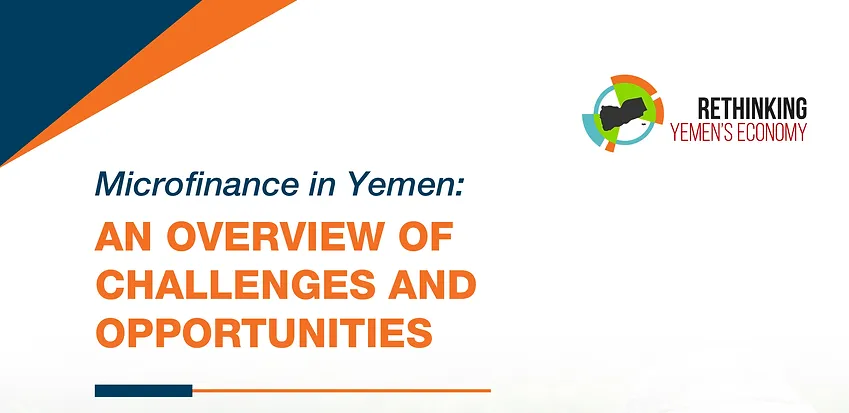INTRODUCTION
The launch of microfinance in Yemen was intended to spur development in the Arab world’s least developed country. Following the unification of Yemen in 1990, the government faced perennial fiscal constraints, as the majority of the state budget was allocated to salaries for military personnel and subsidies for fuel and food. Lack of funds for public spending, along with ineffective governance and law enforcement systems, prevented the implementation of state-led development projects to address issues such as inadequate infrastructure or the largely low-skilled labor force in the country. During this same period, microfinance became increasingly popular internationally as a mechanism for promoting sustainable development in the developing world. Microfinance initiatives, meaning “the provision of financial services to low-income poor and very poor self-employed people,” sought to empower populations that lacked access to capital to allow them to better participate in the economy and society.
In 1997, the Yemeni government established the Social Fund for Development (SFD), with the fund’s primary mission to combat poverty and augment the Yemeni population’s limited social safety net. Early on, the SFD identified poor people’s access to financial services to be an important component of a social safety net, by helping to increase poor people’s coping options and reduce their vulnerability to macroeconomic shocks.(4) This led to the creation of the Small and Micro Enterprises Development (SMED) program, a unit of the SFD with the purview to manage microfinance in the country.
